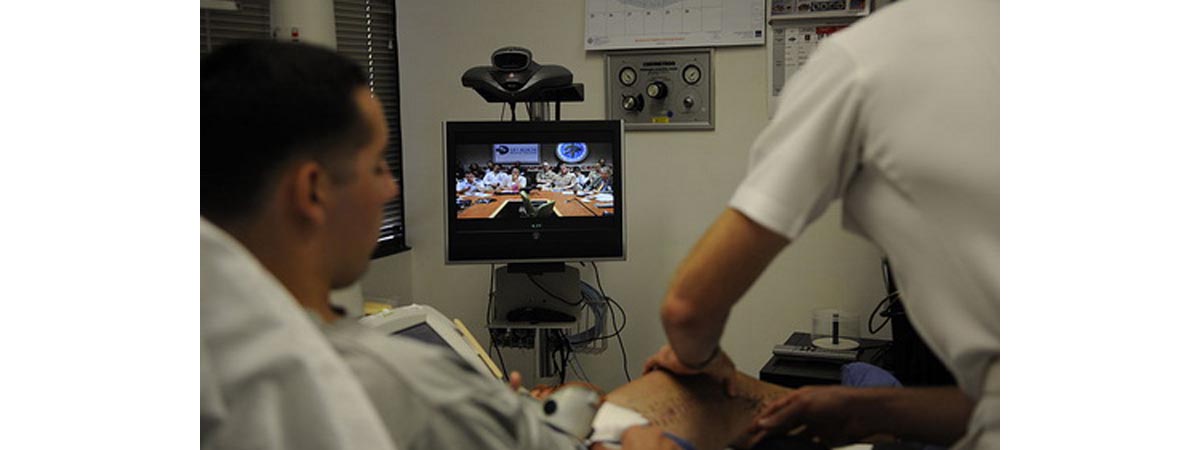Table of Contents
One of the most common infections in the United States (and probably in many other countries) is one you don't hear all that much about, toenail fungus. Researchers at the Centers for Disease Control tell us that for about 1 in 10 adults in the USA, or about 24 million people, dealing with toenail fungus is an everyday reality.

At first the infection only causes ugly toenails that turn white or yellow and buckle and crumble, but as the infection progresses it can cause loss of sensation in the foot, burning pain, and loss of dexterity that can interfere with both walking and standing.
Onychomycosis, the Unpronounceable Toenail Infection
In the medical litereature, you will find references to toenail infection under the term "onychomycosis," which refers to fungus and yeast infections of the toes.
You can pick up these infections of the toenails from a bad pedicure, from infected sneakers, from walking across a carpet or rug after an infected person has walked across the floor covering barefoot, and, oddly enough, even from the playful nip of a toenail biting pet that happens to have an infection with yeast or fungus in its mouth or on its tongue.
The microorganisms that cause fungal infections of the toenails can also infect the fingernails, but since the foot is covered all day with socks and shoes that provide humidity and warmth, full-blown infection is much more common on toes than on fingers.
A particularly nasty tropical fungal infection called Trichophyton rubrum has been spreading from West Africa and Southeast Asia to Europe and the United States, and toenail infections are far more common now than they were 10 or 20 years ago, because of the aggressiveness of this form of fungus. In the United States, particularly nasty outbreaks of the fungus have been identified in communities in the states of New York, West Virginia, Kentucky, and Arkansas.
Fungal Infections Defy Easy Treatment
Chronic toenail infections are tough to treat. Medications like Lamosil (terbinafine), Sporanox (itraconazole), Diflucan (fluconazole), and Penlac (ciclopirox) may slow down the crumbling of the nail. They may relieve itch. They may stop the progression of symptoms to loss sensation or an athlete's foot-like burning sensation of the entire foot. But they almost never cure the condition. The best they usually do is to relieve symptoms a little.
Dr. Gabriel Maislos, a podiatrist at Memorial Hermann Southwest Hospital in Houston, Texas, says that the topical treatments (ointments) for toenail fungus are effective about 8% of the time. Pills for toenail fungus work about 70% of the time, but can cause liver problems. Laser treatment, however, is in a different, superior category.
- Manevitch Z, Lev D, Hochberg M, Palhan M, Lewis A, Enk CD. Direct antifungal effect of femtosecond laser on Trichophyton rubrum onychomycosis. Photochem Photobiol. 2010 Mar-Apr. 86(2):476-9. doi: 10.1111/j.1751-1097.2009.00672.x. Epub 2009 Dec 7.
- No authors listed. Treating Toenail Fungus. Consum Rep. 2010 Jul. 75(7):15.
- Photo courtesy of U.S. Navy photo by Mass Communication Specialist 3rd class Samantha A. Lewis by Wikimedia Commons : commons.wikimedia.org/wiki/File:US_Navy_110915-N-VV979-002_Attendees_of_the_Naval_Medical_Center_San_Diego_first_Scar_Symposium_wa
- Photo courtesy of Quinn Dombrowski by Flickr : www.flickr.com/photos/quinnanya/5491003776/

